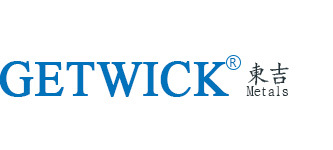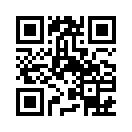KEY TUNGSTEN USES AND CHARACTERISTICS
KEY TUNGSTEN USES AND CHARACTERISTICS
Like all refractory metals, tungsten exhibits a number of properties and characteristics that make it extremely beneficial for product manufacturing and other industrial purposes. Among its most notable characteristics is its melting point of 6,170° F (3,410° C), which is the highest of any known metal. This makes tungsten a preferred choice for use in manufacturing applications involving extreme temperatures.While tungsten is able to retain its strength at elevated temperatures, it tends to develop volatile oxide films at temperatures greater than 538° F. Consequently, it’s necessary to take steps such as coating, creating a vacuum or using it in a protective environment during high-temperature applications.
Tungsten also has a very high tensile strength (3,000° F or 1,650° C). Additionally, tungsten is one of the densest metals available and is extremely ductile, which enables it to be drawn out into a thin wire form that is used in many manufacturing applications.Tungsten’s superior corrosion resistance makes it suitable for use in severe environments. Tungsten offers good resistance to atmospheric corrosion and moisture at ambient temperatures, as well as nitric, sulfuric and hydrofluoric acids at room temperatures. Additionally, tungsten is capable of resisting liquid metals such as mercury, sodium, magnesium and hydrogen. However, tungsten does react with carbon monoxide, carbon dioxide, sulfur and nitrogen dioxide at elevated temperatures.
The first widespread industrial application of tungsten metal was as a ductile incandescent lamp filament used in fluorescent lamps, lightbulbs and vacuum tubes — a process that was developed in the early 20th century by Dr. William D. Coolidge of General Electric. This innovation built upon the evacuated glass bulb technology first developed by Thomas Edison in the latter part of the 19th century. Dr. Coolidge’s production of ductile tungsten enabled the use of a tungsten wire that could be drawn down to a diameter of approximately one-sixth of a human hair.When alloyed with carbon to form tungsten carbide, tungsten serves as the building material for products where hardness and wear resistance are of the utmost importance. Examples include cutting tools such as drills, knives, circular saws and various turning and milling tools used in industries such as petroleum, woodworking, mining and metalworking.
Tungsten's combination of hardness and heat resistance makes it extremely valuable in the production of heavy metal alloys such as high-speed steel. According to Chemicool, the alloys used to produce high-speed steel contain a tungsten content of up to 18 percent. Applications for these tungsten-based materials include the manufacturing of rocket nozzles, various automotive parts and components, radiation shielding and a wide range of wear-resistant coatings.
Tungsten is also useful in various chemical manufacturing applications. For instance, tungsten sulfide is an effective high-temperature lubricant and acts as a catalyst in hydrodesulfurization processes. Tungsten oxides are widely used in the manufacturing of ceramic glazes. Tungsten-calcium and tungsten-magnesium can be found in fluorescent lighting products, while also adding strength to various catalysts that can prolong catalyst life.Due to its ability to retain its strength at extreme temperatures, tungsten is widely used in high-temperature welding, heating and electrical applications. A prominent industrial manufacturing technique is tungsten inert gas (TIG) welding, an arc welding methodology featuring non-consumable tungsten electrodes. Because of its electrical conductivity, tungsten is also used in the manufacturing of integrated circuits and other electronic parts and components. Finally, tungsten’s heavy weight makes it suitable for use as ballast and counterweights.


